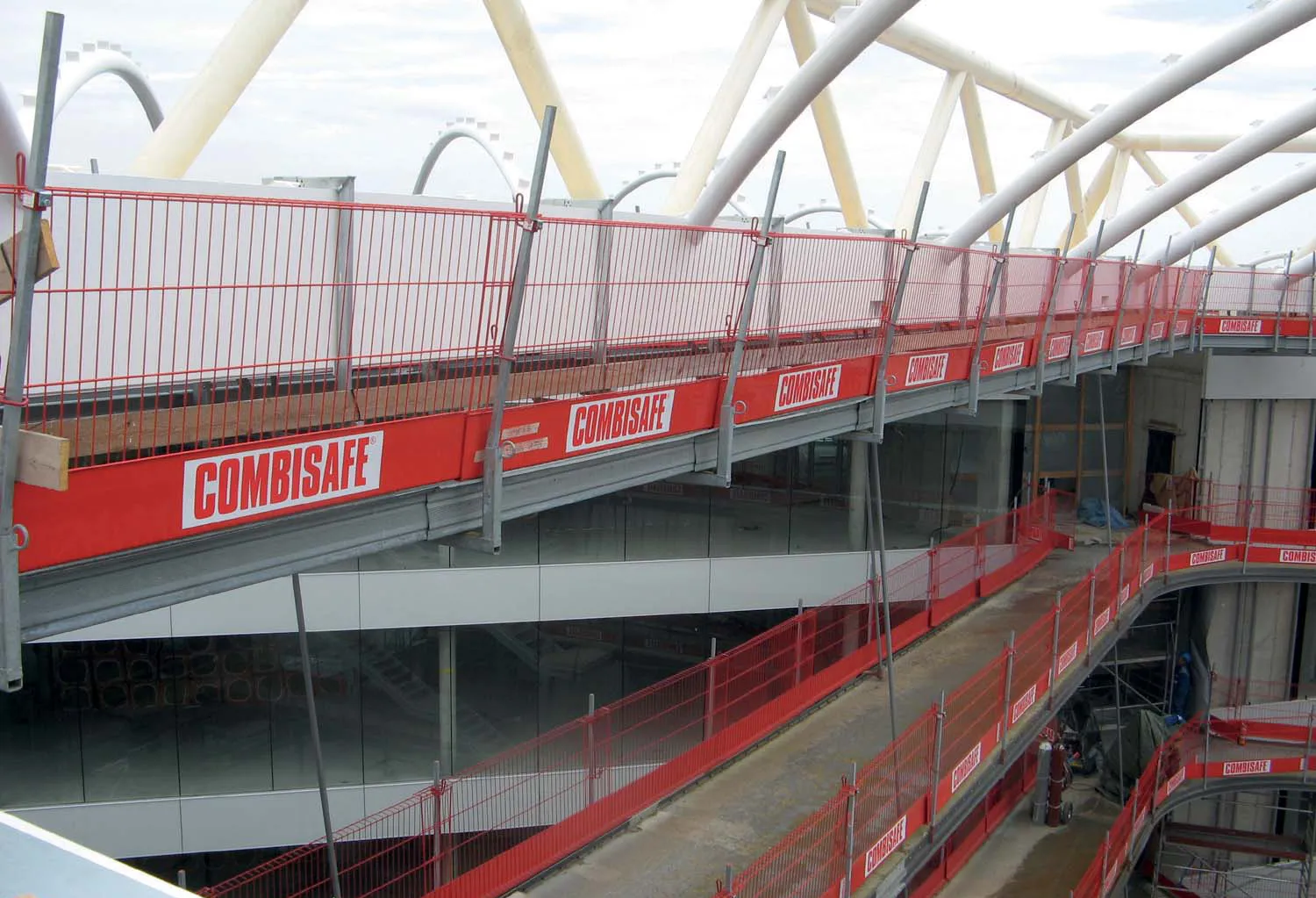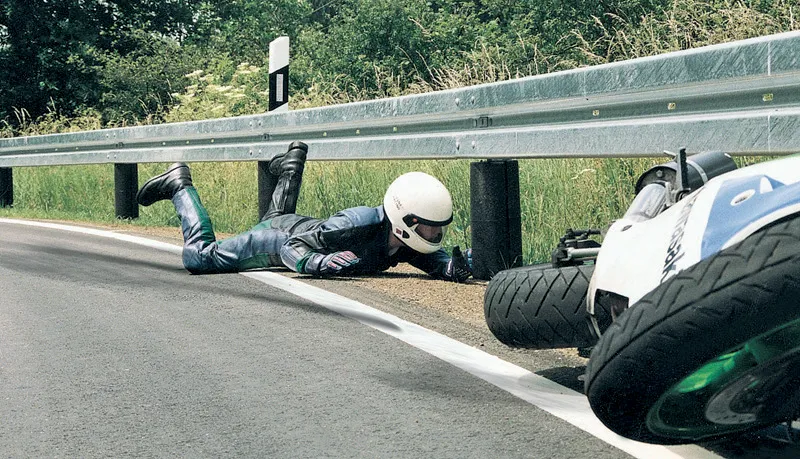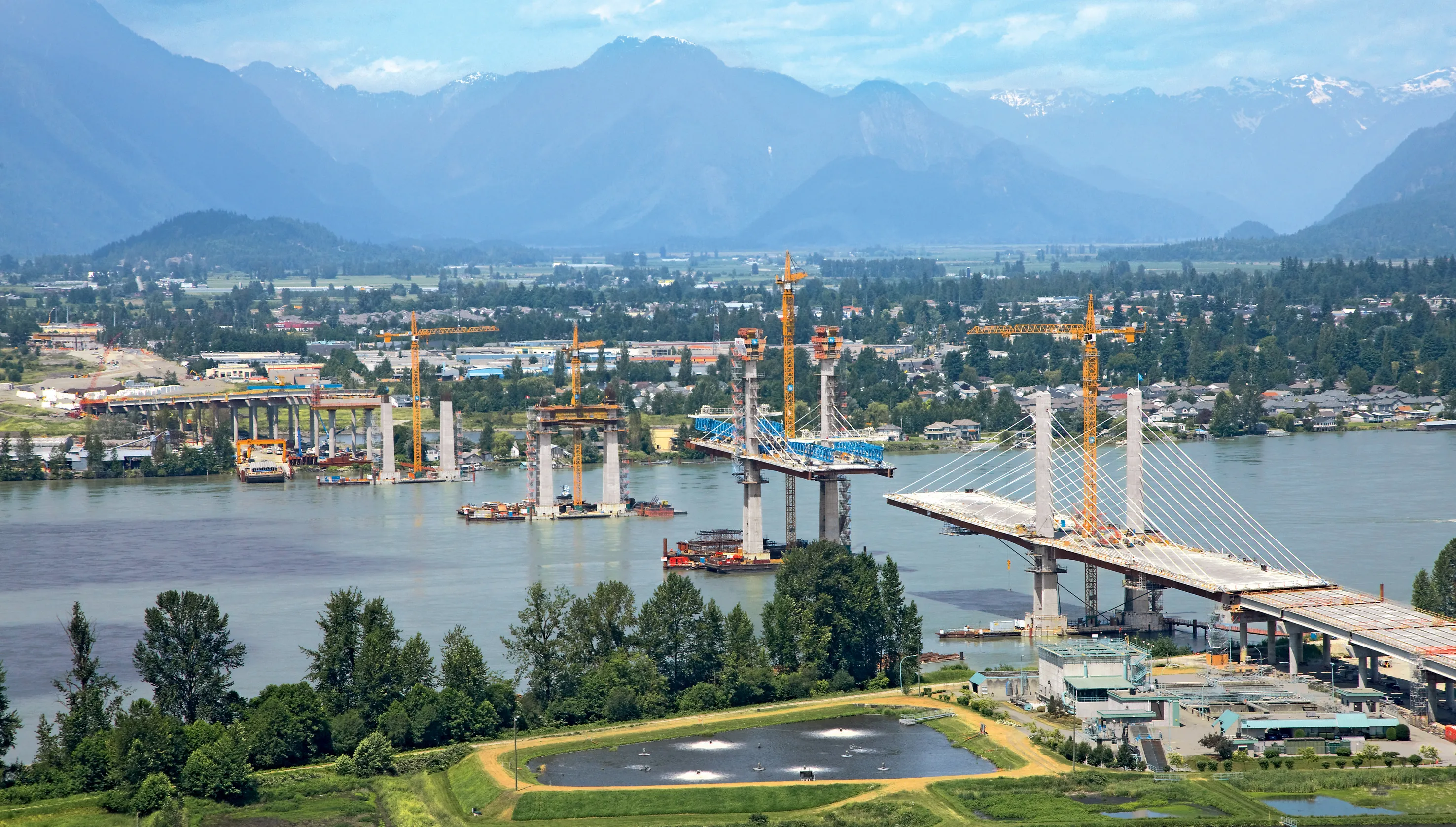Combisafe is now offering systemised alternatives to traditional edge protection methods. These are of major benefit according to the firm as they can help safety managers in the construction sector protect workers more effectively.
One of the new product innovations being launched is the new lightweight Steel Mesh Barrier Mark III. The 2.6m barrier system, which weighs 15.7kg, is fully compliant with temporary edge protection standard EN13374, classes A, B and C. As such, it meets a growing demand in t
March 31, 2016
Read time: 2 mins

Combisafe is now offering systemised alternatives to traditional edge protection methods. These are of major benefit according to the firm as they can help safety managers in the construction sector protect workers more effectively.
One of the new product innovations being launched is the new lightweight Steel Mesh Barrier Mark III. The 2.6m barrier system, which weighs 15.7kg, is fully compliant with temporary edge protection standard EN13374, classes A, B and C. As such, it meets a growing demand in the European market for a lightweight, versatile system that is easy and safe to transport or position in and around construction sites. Other new products are the SkyReach Anchor- a versatile, overhead fall protection system that safeguards construction workers against falls from height – and the COMBISAFE Loading System MkII. When used with the SkyReach Anchor, the Loading System MkII enables workers to safely load or unload flatbed trailers and raised decks in yards or on worksites.
One of the new product innovations being launched is the new lightweight Steel Mesh Barrier Mark III. The 2.6m barrier system, which weighs 15.7kg, is fully compliant with temporary edge protection standard EN13374, classes A, B and C. As such, it meets a growing demand in the European market for a lightweight, versatile system that is easy and safe to transport or position in and around construction sites. Other new products are the SkyReach Anchor- a versatile, overhead fall protection system that safeguards construction workers against falls from height – and the COMBISAFE Loading System MkII. When used with the SkyReach Anchor, the Loading System MkII enables workers to safely load or unload flatbed trailers and raised decks in yards or on worksites.









